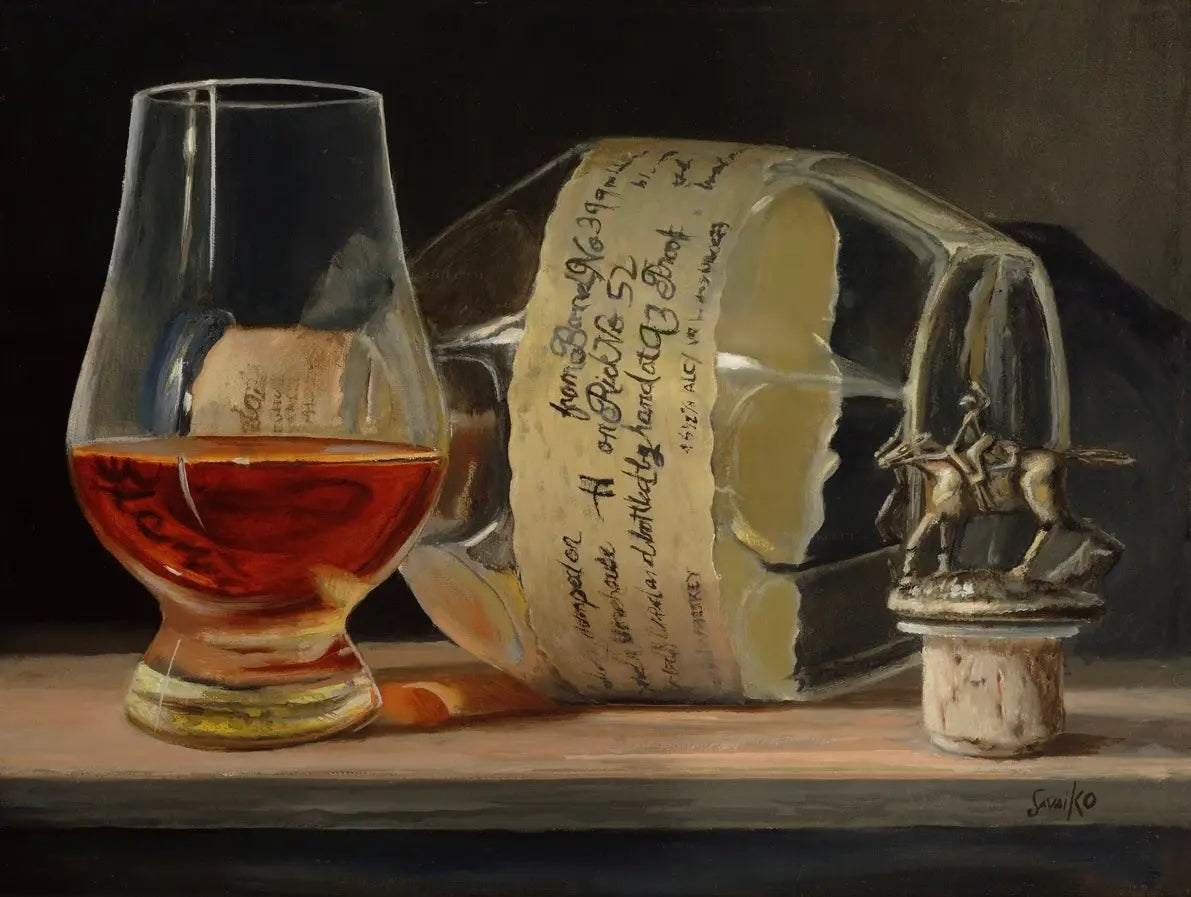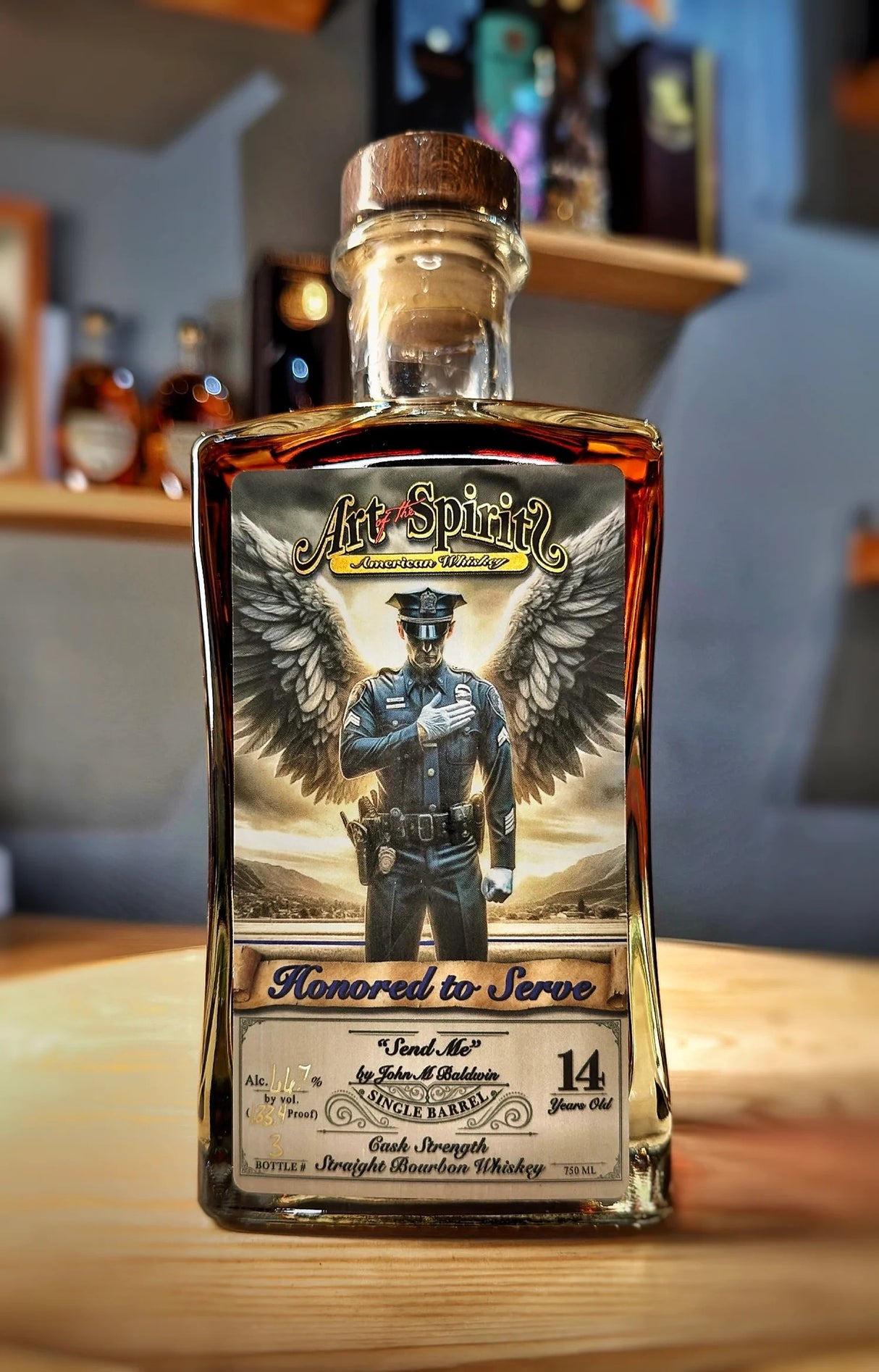Catching the Significance of Whiskey Art Via Distinct Aesthetic Representations and Designs
The art of whiskey extends beyond the fluid itself, showing up with a range of aesthetic representations that encapsulate its fabled heritage and workmanship. What stays to be discovered is exactly how these evolving designs reflect not only the whiskey itself yet likewise the altering landscape of artistic analysis. Realism Art.
The Background of Whiskey Art

As whiskey manufacturing spread, so also did the desire to elevate its experience through art. From the detailed inscriptions on very early barrels to the fancy labels of contemporary containers, each aspect mirrors an unique creative vision, offering as an aesthetic narrative of the scotch's heritage.
In the 19th and 18th centuries, the surge of the industrial change better improved scotch art, bring about ingenious product packaging and marketing that caught consumer interest. Musicians and designers began trying out aesthetic appeals, imbuing whiskey-related imagery with symbolic significances that conveyed ideas of community, workmanship, and custom.
Today, scotch art remains to advance, blending traditional techniques with modern art kinds. Realism Art. This recurring discussion between the spirit and its graph underscores the long-lasting bond in between bourbon and culture, enriching the general experience for fanatics worldwide
Iconic Bottle Layouts
While numerous variables add to the allure of scotch, famous bottle designs play an essential duty fit consumer assumption and boosting the overall experience. The visual discussion of whiskey bottles is not merely an aesthetic consideration; it acts as a bridge between the product and the customer, evoking emotions and establishing expectations.
Unique forms, materials, and closures can boost a whiskey brand's identification, making it instantly recognizable on congested racks. The classic Glenfiddich bottle, with its classy conical silhouette, shares a feeling of tradition and workmanship, while the strong, modern-day design of the Balvenie bottle mirrors advancement and class. The usage of tinted glass or distinct appearances can recommend the high quality and personality of the whiskey within.
Famous styles usually integrate elements of social heritage, signifying the brand's history and connection to its origins. Brands like Jack Daniel's make use of an uncomplicated, durable style that reverberates with its American whiskey heritage. Eventually, the impact of container style extends past mere performance; it encapsulates the significance of the brand name, welcoming customers to indulge and explore in the rich tapestry of whiskey culture.
Tag Artwork and Branding
Bottle styles usually establish the stage wherefore customers can anticipate, but tag art work and branding play an equally significant function in connecting a scotch's identity. The label works as the initial factor of contact in between the product and the customer, enveloping the significance of the whiskey within its visual elements.
Efficient label artwork integrates shade, imagery, and typography to produce a story that reverberates with the brand's heritage and target market. A label including intricate illustrations and classic fonts may stimulate a feeling of custom and craftsmanship, appealing to connoisseurs. On the other hand, strong colors and modern style components might bring in a younger demographic looking for development and enjoyment.


Digital Photography and Visual Narration
Recording the significance of bourbon via photography and visual narration is an art type that boosts the brand experience. This medium transcends mere item representation, delving right into the elaborate stories that border each bottle. By employing engaging imagery, digital photographers can evoke emotions that resonate with consumers, eventually creating a much deeper link to the whiskey brand name.
Aesthetic storytelling in bourbon digital photography commonly uses rich textures, lighting, and make-up to highlight the distinct qualities of the spirit. The interplay of light and darkness can accentuate the amber tones of bourbon, while the option of background components-- such as rustic barrels or sophisticated glass wares-- can enhance the brand's heritage or way of life associations.
In addition, capturing the ritualistic facets of bourbon usage, from the putting to the sampling, welcomes viewers into a sensory experience, permitting them to think of the flavors and fragrances that wait for. Each photo not just showcases the item yet likewise tells a story of workmanship, custom, and the moments that bourbon can boost - Whiskey Art. Thus, digital photography becomes a powerful tool in expressing the identification of bourbon brand names, positioning them within the broader social landscape
Emerging Patterns in Bourbon Art
The evolution of scotch art is progressively formed by modern patterns that mirror more comprehensive social shifts and customer preferences. One famous fad is the assimilation of sustainability right into art practices. Musicians are currently making use of eco-friendly processes and recycled materials to create whiskey-themed pieces, reverberating with ecologically conscious customers. This change not only highlights the importance of sustainability however additionally improves the story bordering whiskey production.
In addition, digital art has actually surged in appeal, permitting ingenious depictions of bourbon. Musicians are leveraging modern technology to craft immersive experiences, such as enhanced truth installations that engage visitors and offer a deeper understanding of whiskey's cultural importance. This trend also encompasses social media sites systems, where aesthetically striking web content garners interest and promotes community among enthusiasts.
Furthermore, collaborations between whiskey brands and artists are ending up being a lot more typical. These partnerships yield limited-edition packaging styles and unique artworks that commemorate both the craftsmanship of whiskey and the creative thinking of musicians. As whiskey art remains to advance, these arising trends will most certainly form its future, promoting a vibrant crossway of society, sustainability, and modern technology within the scotch neighborhood.
Final Thought
To conclude, the art of scotch includes a varied variety of visual representations that mirror its abundant heritage and craftsmanship. From iconic container layouts and elaborate label art work to engaging digital photography, each element contributes to a wider story that enhances the customer's experience. As emerging fads, such as digital art and sustainability, remain to form this artistic landscape, the multifaceted identity of bourbon stays a withstanding resource of social connection and exploration.

In verdict, the art of whiskey encompasses a varied range of aesthetic representations that mirror its rich heritage and craftsmanship.